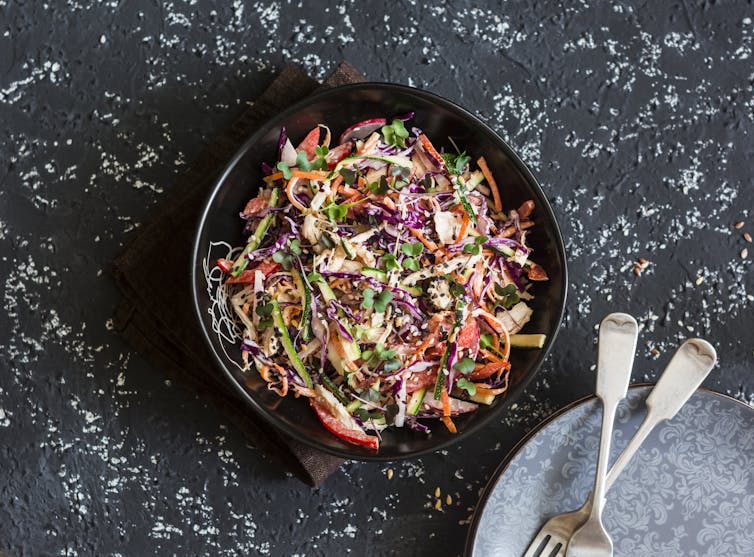Want to revamp your diet without drastic changes? Discover how making small, consistent *healthy eating* tweaks can significantly improve your well-being and boost nutrient intake, [[1]]. This article explores five simple yet effective ways to diversify your meals and embrace *healthy eating* for a more vibrant you.
Are you looking to revamp your diet and boost your overall health? small, consistent changes in your eating habits can lead to significant improvements in how you feel and how your body functions. This article explores five simple dietary tweaks to increase your nutrient intake and add variety to your meals.
1.Embrace the Power of Bran: Fiber for a Healthier Gut
Table of Contents
Dietary fiber is crucial for maintaining a healthy digestive system. Different types of bran, such as oat bran, wheat bran, and psyllium husk, offer unique benefits. Adding these to your breakfast or incorporating them into recipes can considerably improve bowel function [[1]].
- Psyllium Husk: High in soluble fiber, it forms a gel that binds to bile salts, helping lower cholesterol levels and softening bowel motions.
- Wheat Bran: An insoluble fiber that adds bulk to bowel motions, promoting regularity.
- Oat Bran: Contains both soluble and insoluble fiber, offering a balanced approach to gut health.
Pro Tip: Keep small containers of different brans on hand to easily add them to your daily meals.
Shawn Hempel/Shutterstock
2. Diversify Your Bean Choices: A Nutrient-packed Staple
Canned beans, including kidney beans, chickpeas, and baked beans, are a convenient and affordable way to boost your nutrient intake. They are rich in fiber, including soluble fiber and resistant starch, which promotes gut health and helps you feel full [[2]]. Regular consumption of legumes can also help lower blood sugar and cholesterol levels [[2]].
Did you know? Legumes are a versatile ingredient that can be added to various dishes, from bolognese to salads, making it easy to incorporate them into your diet.
3. Explore the World of wholegrains: Beyond the usual Suspects
wholegrains, such as oats, corn, rye, barley, buckwheat, and quinoa, offer a wealth of nutrients. They contain all three layers of the grain,providing fiber,vitamins,and minerals. Incorporating wholegrains into your diet can be as simple as trying a new type of porridge or experimenting with different grains in your dinner recipes.
Reader Question: What are some creative ways to include wholegrains in my meals?
4. Embrace a Rainbow of Vegetables: The Power of Plant-Based Diets
Eating a variety of vegetables is essential for overall health. Studies show that those who consume more plants have a lower risk of mortality [[2]]. Experiment with different vegetables and salad mixes each week to add color, flavor, and phytonutrients to your meals.

Kiian Oksana/Shutterstock
5. Go Nuts for Nuts: A Satisfying and Nutritious Snack
Nuts, including cashews, walnuts, almonds, and macadamias, are a great snack option. They are energy-dense and provide healthy fats, protein, and fiber. Chewing nuts thoroughly can also help you feel full and satisfied [[1]].
FAQ: Are peanuts considered nuts?
Technically, peanuts are legumes, but they are often grouped with nuts due to their similar nutrient profiles.
By incorporating these simple dietary changes, you can significantly improve your overall health and well-being. Start small, be consistent, and enjoy the journey to a healthier you!
Ready to take the next step? Share your favorite healthy eating tips in the comments below, or explore more articles on our website for additional health and wellness insights. Don’t forget to subscribe to our newsletter for regular updates and exclusive content!

